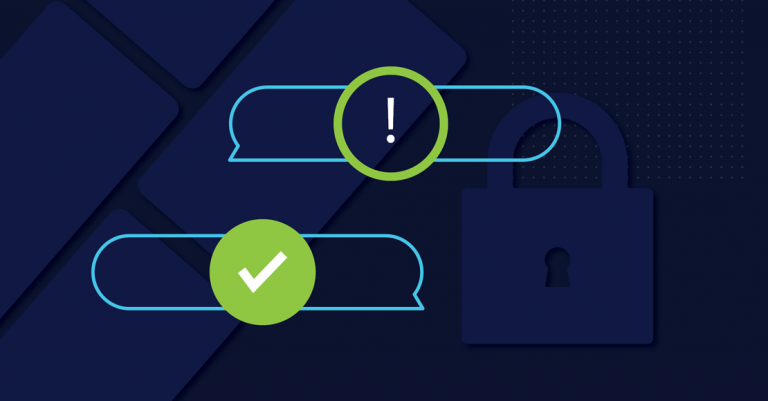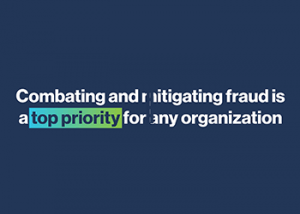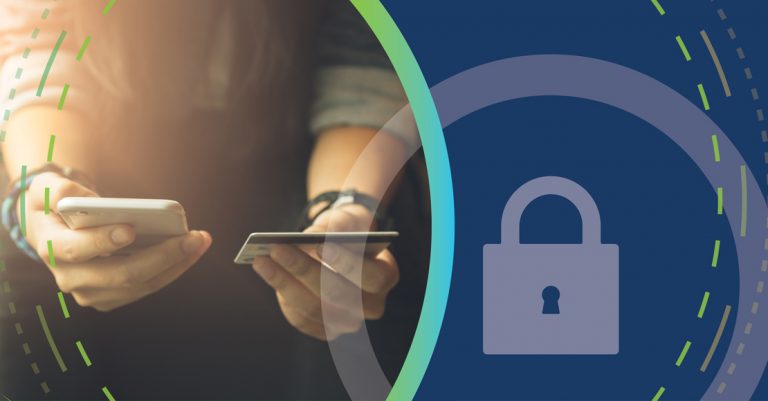Chat: The Critical Layer of Fraud Mitigation & Response You May be Missing
To understand the full impact of financial services and credit card fraud around the world, one needs only to look at the scale of the problem. In 2018, global losses due to payment card fraud reached $24.26 billion. And the U.S. leads the world in losses, with nearly 40 percent of the global total losses from credit card fraud. Financial institutions have spent decades battling the challenges of payment card fraud, yet the scope of fraudulent activity and the innovation in finding ways to defraud banks and consumers have only increased. Fraud always evolves. After years of investment and improvements in personal ID verification, in-person and online security enhancements, AI and machine learning prevention analytics, and other advanced mitigation processes, why do the losses from fraud increase by double digits each year despite the massive investments to stop it? Put simply, fraud detection and prevention still relies heavily on the human element for a sub-set of suspicious transactions that grows proportionally to the increases in transaction activity.–A customer is required to confirm or deny charges or payments made, personally verify travel activity, and be contacted to stop or approve certain purchases. Fraudsters around the world evolve their techniques daily to exploit any weakness in either detection or communication. And the speed and convenience with which consumers can be engaged and respond to fraud warnings are two of the most important factors in identifying and thwarting fraudulent activities. Use chat for fraud notification and chargeback dispute resolution Fraud notification is initiated by payment card issuers when a purchase is made outside of a cardholder’s normal purchasing pattern, timeframe, and geographical location. Purchases can also be flagged that match purchasing patterns that are consistent with previously identified fraud trends. As noted, these mitigation measures are always evolving as fraudulent patterns change and can deny legitimate payments and just as easily “green light” purchases that are, in fact, fraudulent. A chargeback dispute frequently occurs when a fraudulent transaction does go through and a customer identifies this transaction on their credit card statement and subsequently contacts the issuer so that the issuer contacts the merchant and initiates the dispute in a lengthy and costly process. In today’s environment, many issuers contact cardholders for fraud verification via phone, text, email, or mail. But using the digital chat channel for fraud mitigation and dispute resolution is a far superior and more practical activity, both for the banks and for their customers. Not only is it faster to send a message via chat rather than by phone, email, or conventional mail, but it also gets a higher response rate. Gartner reports that chat messages have an open rate of 98 percent compared to 20 percent with email. Additionally, the chat is a 2-way, asynchronous form of communication that allows for dialogue in real-time or over a longer period at a cardholder’s convenience; chat interactions help resolve fraud inquiries more quickly, more efficiently, and more conveniently for the customer. Chat provides an open and interactive channel for response and fraud resolution in a natural and convenient way for cardholders. Chat is also a substantially more cost-effective alternative to text messaging when the cardholder is traveling in other countries and does not want international phone bills or may not have ready access to the internet and email. With chat, a financial institution or card issuer will be able to: Reach more cardholders and address significantly more fraud notification requests Avoid customer friction by engaging with consumers proactively on suspect activity and convert more purchases that may be delayed or declined Provide greater visibility into charges so chargeback disputes can be completely avoided or rapidly resolved Secure cardholder validation in real-time or near-real-time, allowing for successful resolution of more order reviews Chat Fraud Mitigation Use Case A look at a relatively common payment red flag quickly underscores the value of chat as a critical layer in a larger fraud mitigation strategy. A transaction is red-flagged. The customer receives a phone call or email asking for verification of the transaction. The customer may be busy or unavailable or may not answer the call from an unknown number. The transaction is flagged and is not approved – most likely, for reasons unknown to the customer. In the case of travel, the customer may incur international phone rates to take the call or to initiate a (and inconveniently) call a support center, endure a hold time, and speak with a live agent to resolve the transaction. These scenarios are all-too-common today – though they contain steps that can be easily erased from the process. Chat can help mitigate fraud and resolve disputes more quickly and improves the customer experience by adding convenience, security, and peace-of-mind to the process. Chat can partially or fully eliminate any contact center activity from the process – a chat message can verify or deny a transaction in near real-time and capture additional validation information from the cardholder. Chat ensures for fast response as messages are sent directly in chat apps that customers use every day. It also places credit cards and financial institutions directly in a customer’s address book, ensuring that all future interactions are easy and verifiable by the customer. What’s more, chat enables customers to feel empowered by the fraud mitigation process rather than take the time and attention to call a contact center or respond by email to learn about an issue with their account. Conclusion The most effective fraud mitigation operations rely on approaches that employ multiple layers of detection. Today’s consumers expect digital experiences that are familiar, convenient, and provide immediate results, including fraud protections from their issuer. The chat channel provides a critical layer to the fraud mitigation tool kit, allowing issuers to leverage chat to provide a fast, friction-free experience to verify purchases and prevent fraud from occurring in their accounts. Mobile chat channels such as WhatsApp, Facebook Messenger, and Apple Business Chat allow financial institutions to reach billions of customers worldwide. Chat is a ready-made platform to resolve any number of fraud issues with faster, more convenient, and more fluid interactions that can provide complete exchanges of information.


